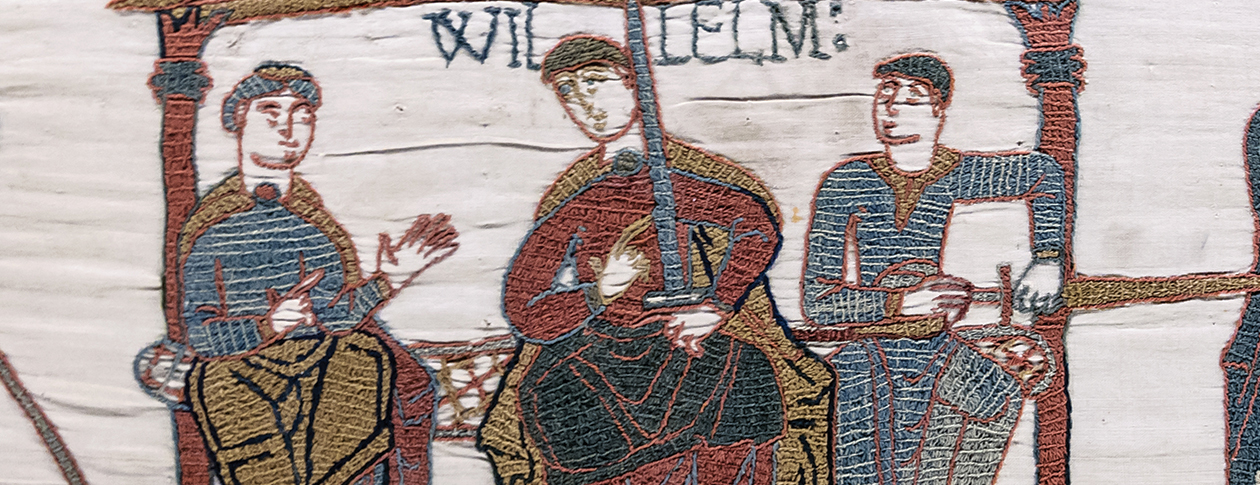
BASTARDY Among Royals and Nobles, by Gary Boyd Roberts
Bastardy is perhaps more common among royals than commoners, simply because royals have largely had little choice in types of marriage partners. In the Dark Ages, before Charlemagne and Alfred the Great and perhaps somewhat afterwards, kings seemed to have left major inheritances to sons who become major warriors; the identity of their mothers is often problematic. In the medieval period, from say 1000 to 1400 or 1500, illegitimate sons often were given earldoms and daughters married noblemen. Much of that same pattern continued into the modern period, but with illegitimate sons of kings given dukedoms, or on the continent somewhat lesser titles. Nobles who were especially rich but had no legitimate children sometimes gave large inheritances to illegitimate children, as reflected in various 19th-century novels.
Descendants of Plantagenet kings, Henry III, Edward I and Edward III, seem always to have been through legitimate children. Immigrants to the New World whose most recent sovereign ancestor was King John, Henry II, or Henry I of England are predominantly through illegitimate children. These last facts have had some significance in the coverage of such lines by modern scholars. David Faris, author of Plantagenet Ancestry of 17th-Century Colonists (1996, 1999), seems to have covered legitimate lines only. The works of Frederick Lewis Weis, Walter Lee Sheppard, Jr, and Douglas Richardson have covered descendants of kings through both legitimate and illegitimate children, as have I in RD 500, RD 600, and RD 900. When selecting the “best” royal descent, I treated legitimate and illegitimate descents equally, choosing the most recent king, whether the descent was through a legitimate or illegitimate child.
The most famous example of royal bastardy was William the Conqueror. Llewelyn, the chief Prince of Wales, the last major Welsh ruler, married an illegitimate daughter of King John. The Beauforts, forebears of the Tudors, and Joan Beaufort, wife of James I king of Scotland, were children, grandchildren, or great-grandchildren legitimized of John of Gaunt and half-siblings of King Henry IV.
Royal and noble bastardy has always been a stain, but, in England especially, and secondly in Scotland, very few noble families do not have an illegitimate royal child among their non-patrilineal ancestors. Several English dukedoms were created for sons of Charles II and are still extant (Richmond, Grafton, and St. Albans). Another dukedom (although DNA suggests otherwise) that of the Beauforts, although the family bears the name Somerset, is descended through one more illegitimacy, from the previously mentioned Beaufort progeny of John of Gaunt. On the continent, the social status of illegitimate issue can vary, but perhaps a third or more of colonial immigrants are descended from illegitimate children of Henry I (son of William the Conqueror but not a Plantagenet), Henry I of England, Henry II of England, or King John of England, or from William the Lion King of Scotland, whose illegitimate daughter Isaabel married a Robert de Ros, a Magna Carta surety.
Illegitimate lines are thus common in royal descents. An hereditary society was even formed on the basis of descent from illegitimate children of kings. The subject matter of bastardy may strike some readers as somewhat offensive; it is however common in royal and noble descents and most immigrants with a legitimate line will also have a lesser one (from an earlier king) via illegitimate children. In very recent generations, however, especially as kings have more readily chosen their brides, the quantity of illegitimacies has considerably fallen.




